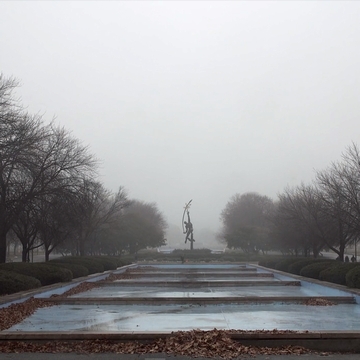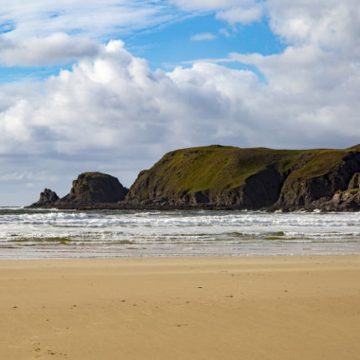Archaeology, Art and Coastal Change
The coastline is constantly evolving. Analysis of the past enables us to assess progressive changes and alterations to the coast. Data from archaeology, heritage features, art, photographs, maps and charts provides both qualitative and quantitative information on coastal evolution. The Maritime Archaeology Trust has been developing methods and techniques to apply heritage data to help monitor coastal erosion. Arch-Manche project was a major undertaking that addressed this issues in four European countries. It demonstrated how maritime coastal heritage and art can be used to show long-term patterns of coastal change and the impact on human settlement. Study of this data allowed understanding and modelling of past reactions to climate change. The project has involved investigation of the interplay between archaeological features and data from artistic representations to establish a methodology for demonstrating the value of archaeology, art and maritime coastal heritage to support understanding of long-term change. It is demonstrating how these tools can fulfil an important role in Integrated Coastal Zone Management (ICZM) and help share best practice between archaeologists, geologists and palaeo-geographers. The project will both benefit from and contribute to developing practice in the study of submerged and intertidal archaeology, pleaeo-environmental evidence and intertidal coastal features. The results will now be used to inform sustainable policies for adapting to coastal climate change. This project is timely due to predicted increases in coastal erosion, flooding and coastal instability affecting Channel coastal areas It now provide data to help vulnerable communities adapt to recent and future changes.




